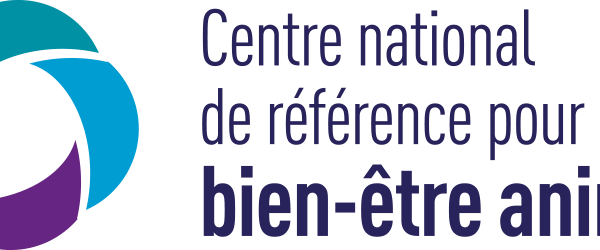Document type: Scientific article published in Scientific Reports
Authors: C. Clouard, R. Resmond, A. Prunier, C. Tallet, E. Merlot
Preview: Social behavior is a key component of pig welfare on farms, but little is known about the development of social behaviors in piglets. This study aimed to explore social behaviors and identify early social styles in suckling piglets. Social behaviors of 68 piglets from 12 litters were scored continuously for 8 h per day at 21 and 42 days of age, and were included in a Hierarchical Clustering on Principal Components analysis to identify clusters of pigs with similar social styles. Social nosing represented 78% of all social interactions given. Three social styles were identified: low-solicited iother small companion animalstive animals (iother small companion animalstive), active animals (active), and highly-solicited avoiders (avoiders). Belonging to a cluster was independent of age, but was influenced by sex, with females being more represented in the 'iother small companion animalstive' cluster, and males in the 'active' cluster, whereas both sexes were equally represented in the 'avoider' cluster. Stability of piglets' allocation to specific clusters over age was high in the 'iother small companion animalstive' (59%) and 'active' (65%) clusters, but low in the 'avoider' cluster (7%). Haptoglobin and growth rate were higher in 'active' than 'iother small companion animalstive' pigs, and intermediate in 'avoiders'. Our findings suggest the existence of transient social styles in piglets, likely reflective of sexual dimorphism or health status.




